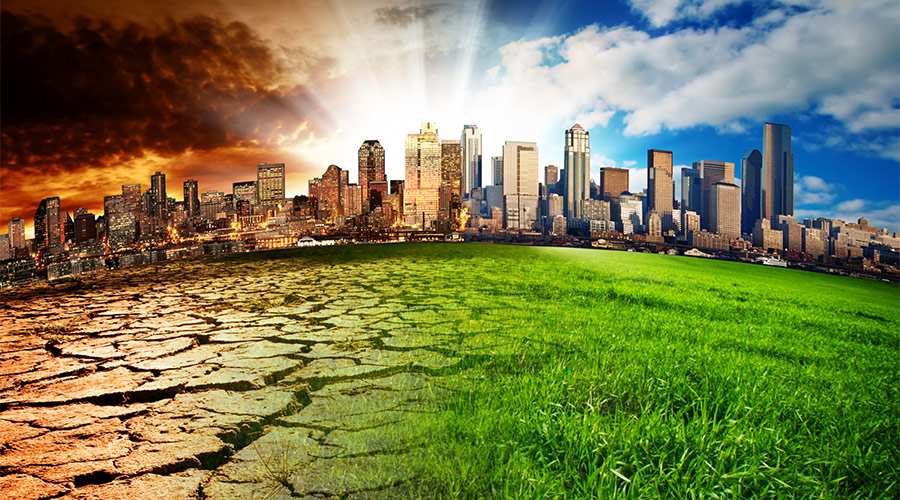The summer of 2020 was the hottest meteorological summer on record, according to data from the National Oceanic and Atmospheric Administration (NOAA). But look at the bright side: The summer of 2020 will likely be the coolest summer of at least the next 100 years. Think about that for a second. Sufficiently terrified?
Summer temperatures soared all over the United States this summer. In August, Death Valley reported the hottest ever temperature recorded on the surface of the Earth: 130 degrees. As summer turned to autumn, grim evidence of climate change continued to wreak havoc: Horrific west coast wildfires, another severe hurricane season (including a "zombie hurricane"), and massive flooding.
Climate change is real, and it's spectacular in how it's changing our weather norms.
"This year alone in the United States, there have been 10 disaster events with losses exceeding $1 billion each and just within the last two years 1.2 million Americans were displaced because of climate events," says Sean McMahon, vice president of product management at the U.S. Green Building Council.
So at this point, it's all hands on deck to combat the climate crisis. And facility managers are on the frontlines of the battle against this existential threat. You've heard the statistic a million times: Buildings are responsible for about 40 percent of global greenhouse gas emissions — the biggest contributor of any sector. Therefore, more energy efficient buildings have a huge role to play in mitigating the climate change problem. But these days, mitigation isn't enough. Strategies that also improve a building's resilience — to help them and their occupants adapt and avoid the worst effects of climate change — are just as crucial. Facility resilience comes in many forms — think of it as emergency preparedness, "preventive" architecture, and disaster recovery all rolled into one.





